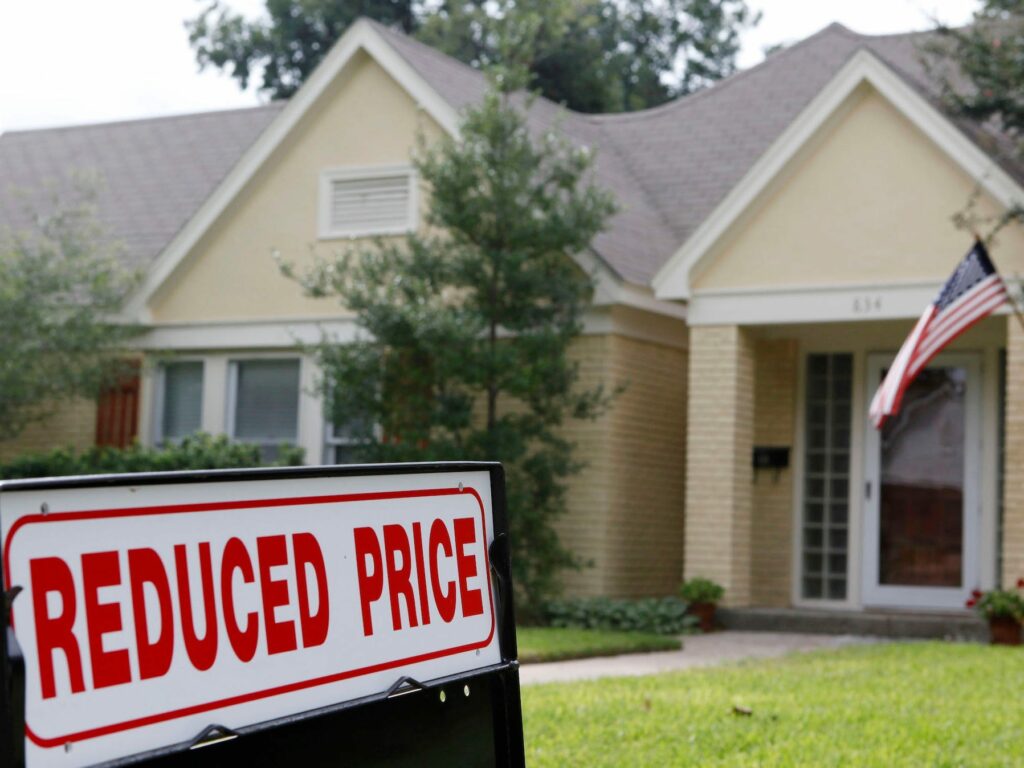Home prices are falling in parts of Florida and Texas as buyers tap out and supply catches up with demand.
The median sale price for existing single-family homes rose in 93% of 221 metro areas in the year through March, the National Association of Realtors reported this week.
There were falls in just 15 markets, and five of those were in Florida and Texas — Cape Coral-Fort Myers (-4.4%), Panama City (-3.8%), and Crestview-Fort Walton Beach-Destin (-0.2%), and San Antonio-New Braunfels (-4.6%) and Austin-Round Rock (-0.3%) respectively.
That’s a striking contrast to the national picture. Overall, the median home price rose 5% to north of $389,000, led by metro areas such as Fond du Lac, Wisconsin (23.7%), and the Illinois regions of Kankakee (22%), Rockford (20.1%), and Champaign-Urbana (20%).
Florida and Texas are known for their red-hot real estate markets, so it’s surprising to see prices dropping in several parts of those states.
Buyers may be getting priced out. Austin-Round Rock ranked among the 50 most expensive markets analyzed by NAR, with a median sale price of $467,000.
Cape Coral ($415,000) and Panama City ($351,000) were also in the top 100. Homeowners in Florida face the added headache of surging insurance costs due to climate risks.
Not only are homes expensive, but taking out a loan to buy one has become far more costly, creating an affordability crisis.
The monthly mortgage payment on a typical home with 20% down jumped by more than 9% last quarter to north of $2,000, NAR found.
The increase is largely down to the Federal Reserve’s campaign to crush inflation by raising interest rates. The average 30-year fixed-rate mortgage rate was nearly 7% last quarter — more than double its 3% level at the start of 2022.
Florida and Texas have also scrambled to build more houses in recent years, since the pandemic sparked a surge in people moving to those states.
Redfin identified only 10 metro areas that increased their housing supply in the year to March, and eight were in those two southern states.
‘Lock-in effect’
Inventory has now caught up with demand in some areas, leading to homes sitting on the market for longer, sellers cutting prices, and price growth stagnating.
That differs from much of the country, where supply remains heavily constrained duer to the “lock-in effect” — sellers holding off on listing their homes because they don’t want to give up their cheap mortgages.
Florida’s Cape Coral led the supply boom with a 51% increase in homes for sale last quarter. It also had one of the highest rates of seller price cuts and saw an unrivaled 31-day increase in the time taken to sell a typical home, Redfin found.
In line with NAR, Redfin found that prices fell in San Antonio and were flat in Austin, even as the vast majority of markets recorded price increases.
The takeaway is that a combination of sky-high prices, steeper mortgage rates and other costs like insurance squeezing buyers’ budgets, and supply catching up with demand has resulted in prices flatlining or falling in parts of Florida and Texas, bucking the national trend.
That’s bad news for sellers and homeowners hoping their properties will appreciate in the near term. But it could give bold buyers an opening to snag their next home.
>>> Read full article>>>
Copyright for syndicated content belongs to the linked Source : Business Insider – https://www.businessinsider.com/home-prices-housing-market-florida-texas-real-estate-nar-mortgage-2024-5
